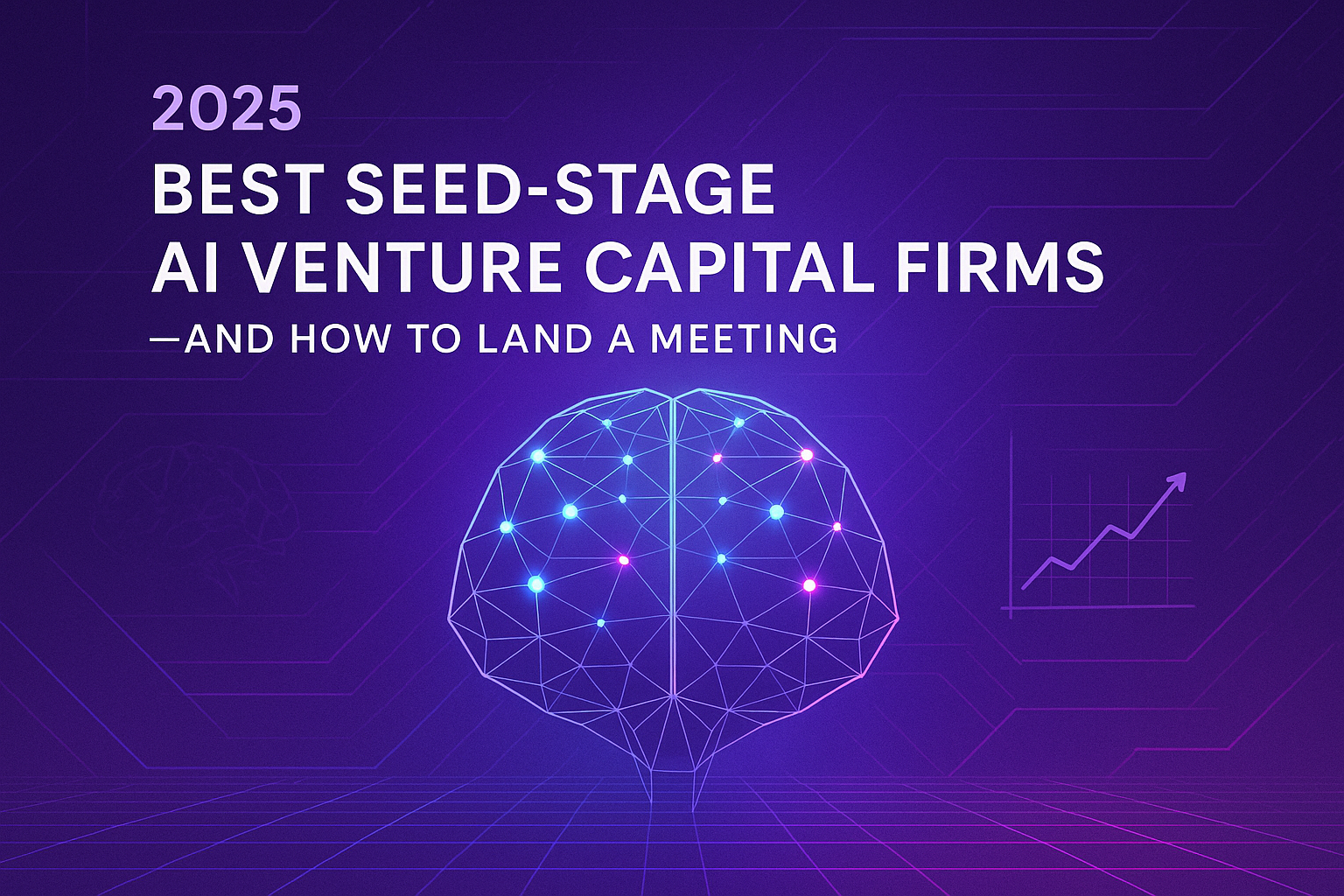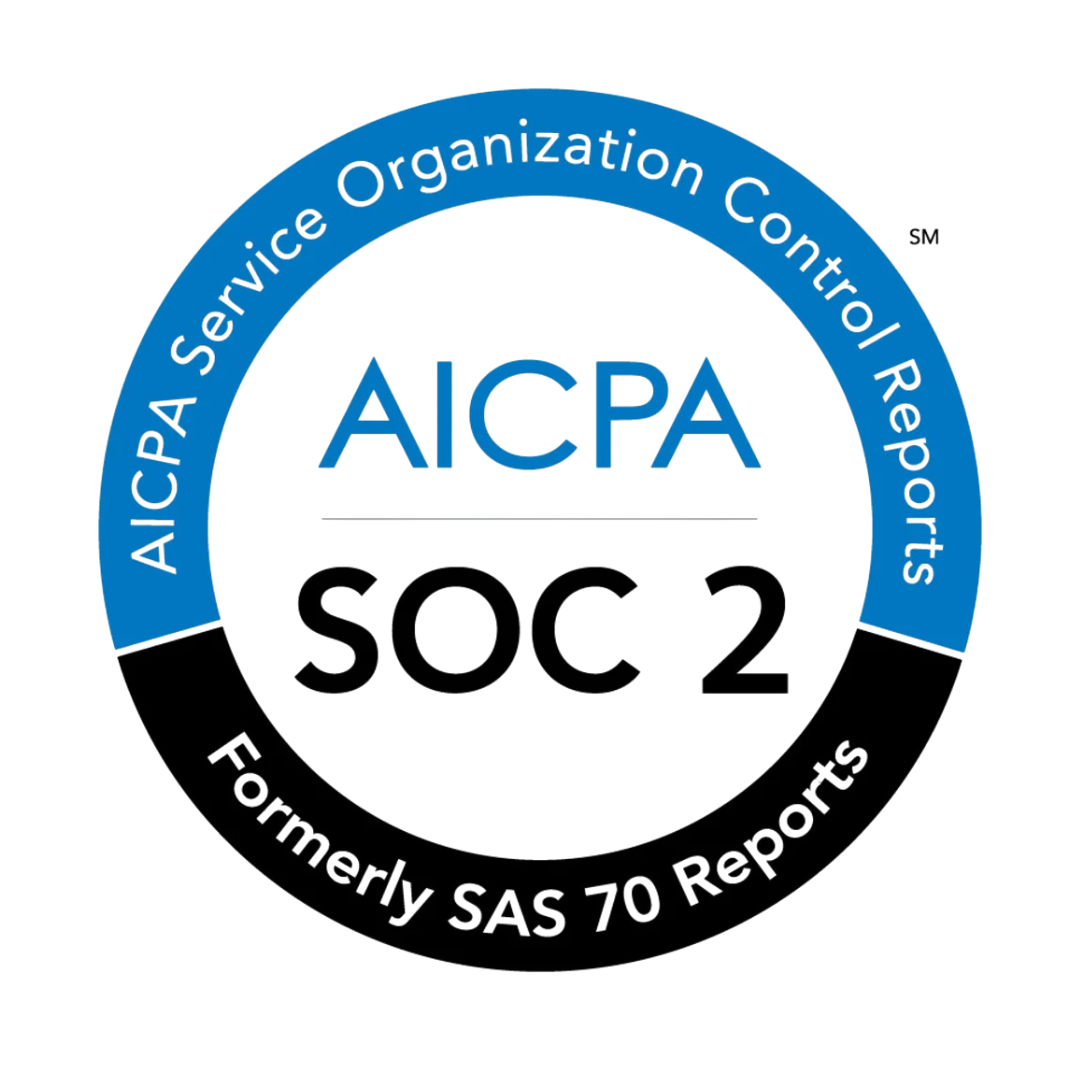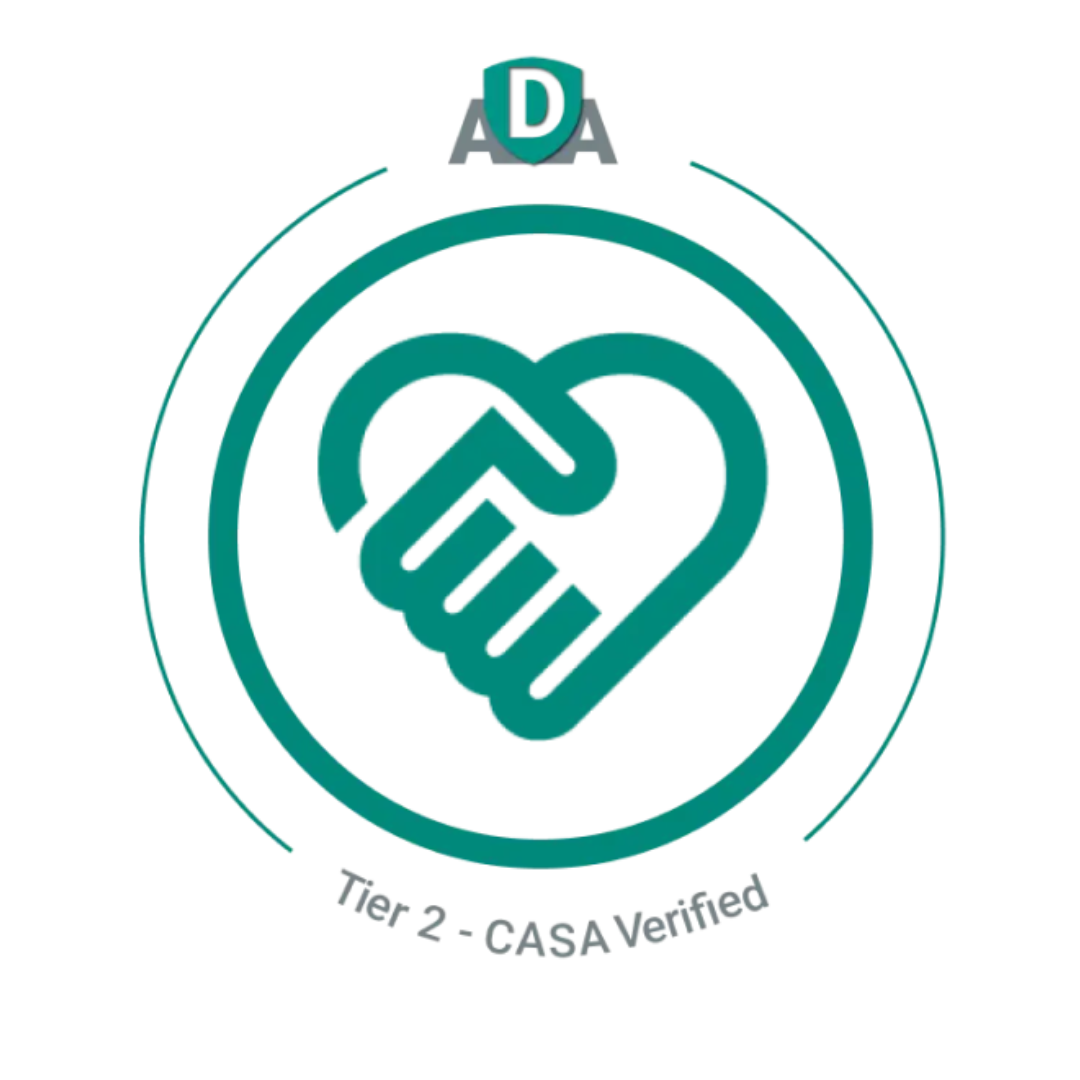The AI venture capital landscape has never been more competitive. With over 3,000 investors actively seeking AI startups, founders face the challenge of identifying which firms are genuinely committed to seed-stage AI investments versus those making opportunistic bets (CapitalxAI). The difference between targeting the right investors and adopting a "spray-and-pray" approach can determine whether you close your round in 30 days or struggle for months.
This comprehensive guide maps the top seed-stage AI venture capital firms based on recent deal activity, average check sizes, and partner preferences. More importantly, we'll show you exactly how to use data-driven tools and warm introduction strategies to secure meetings with these investors in under 30 days.
The Current State of AI Venture Capital in 2025
Market Dynamics and Investment Patterns
The AI venture capital market has matured significantly, with investors becoming more selective about their investments. Unlike the broad enthusiasm of previous years, today's AI investors are focusing on specific verticals and use cases where they see sustainable competitive advantages (Signa).
Venture investors love to invest in patterns that they believe will deliver returns (Metal). This means that investors who have made successful AI investments are significantly more likely to continue investing in similar companies and sectors. Understanding these investment patterns is crucial for founders seeking to identify the most likely investors for their specific AI vertical.
The Importance of Stage Specialization
One of the most critical mistakes AI founders make is confusing seed-stage specialists with stage tourists. At the seed stage, founders typically find the art and science of creating access a lot easier compared to later stages (Metal). However, this accessibility only applies when targeting investors who genuinely specialize in seed-stage investments.
Stage specialists are investors who dedicate the majority of their capital to seed-stage companies, while stage tourists make occasional seed investments but primarily focus on other stages. The conversion rates between these two groups differ dramatically, making proper identification essential for fundraising success.
Top Seed-Stage AI Venture Capital Firms for 2025
Tier 1: High-Volume AI Seed Specialists
Based on recent deal activity and AI investment concentration, several firms stand out as the most active seed-stage AI investors:
Khosla Ventures has demonstrated strong sector concentration in AI and healthcare, with approximately 27% of their investments in healthcare-related AI applications (
• Average Check Size: $2-5M
• Key Partners: Vinod Khosla, Keith Rabois
• Recent AI Deals: Multiple AI healthcare and enterprise software investments
• Best Fit: AI companies in healthcare, enterprise software, and deep tech
While First Round tends to invest early, they are really seed-stage investors, not pre-seed partners, making them seed specialists rather than pre-seed tourists (
• Average Check Size: $1-3M
• Key Partners: Josh Kopelman, Phin Barnes
• Recent AI Deals: Focus on B2B AI tools and consumer AI applications
• Best Fit: AI startups with strong product-market fit signals
Tier 2: Emerging AI-Focused Funds
Several newer funds have emerged with specific AI mandates, often led by former operators or researchers from major AI companies:
With Sarah Guo as GP, Conviction Capital represents one of the top AI-focused investment firms (
• Average Check Size: $1-4M
• Key Partners: Sarah Guo
• Recent AI Deals: Infrastructure AI, developer tools, and enterprise AI
• Best Fit: Technical AI founders with strong engineering backgrounds
Geographic Considerations for AI Startups
For founders building AI companies outside traditional venture hubs, identifying geographically relevant investors becomes crucial. Most users are either overly restrictive by focusing only on investors in their specific country, or too liberal and end up pursuing investors that don't focus on their geography (Metal).
The recommended approach is to identify investors that have made a healthy percentage of their investments in similar geographies or have shown interest in international AI opportunities. This is particularly important given the global nature of AI talent and market opportunities.
How to Research and Qualify AI Investors
Using Data-Driven Investor Discovery
Founders across the board are now taking an empirical approach to raising their next round, moving away from hearsay-based investor targeting (Metal). This data-driven approach significantly improves conversion rates at every step of the fundraising funnel.
The 20-Filter Search Methodology
Metal's platform enables founders to use over 20 granular filters to identify the most likely investors for their specific situation (Metal). For AI startups, the most important filters include:
1. Stage Specialization: Filter for investors who make 60%+ of their investments at seed stage
2. AI Sector Concentration: Identify investors with 15%+ of portfolio in AI/ML companies
3. Recent Activity: Focus on investors who have made 3+ investments in the past 12 months
4. Check Size Alignment: Target investors whose typical check size matches your funding needs
5. Geographic Relevance: Include investors who have invested in your region or similar markets
Identifying Portfolio Pattern Matches
Investors that invest in HR Tech once or twice are significantly more likely to make additional investments in that particular area (Metal). This pattern recognition applies strongly to AI investments, where investors often develop thesis-driven approaches to specific AI verticals.
Using Metal's platform, users can quickly identify portfolio founders of each target investor that meet two criteria: (1) Recently raised from the target investor (within the past 2-3 years), and (2) Are building products that you see yourself using (Metal).
The Warm Introduction Strategy
Leveraging Your Network for Investor Access
The venture industry runs on warm introductions (Metal). Even the most sophisticated cold outreach strategies pale in comparison to a well-crafted warm introduction from a mutual connection.
Metal's technology taps into your LinkedIn, Gmail, and other data sources to show who in your network can provide warm introductions (Metal). This network analysis often reveals unexpected connection paths that founders might otherwise miss.
The 3-Email Drip Sequence for Warm Introductions
Email 1: The Introduction Request
Subject: Quick intro request - [Your Company] + [Target Investor]
Hi [Mutual Connection],
Hope you're doing well! I'm reaching out because I noticed you know [Target Partner] at [VC Firm].
We're building [brief company description] and have [specific traction metric]. Based on their recent investments in [similar company], I believe there could be strong alignment.
Would you be comfortable making a brief introduction? Happy to send over a short blurb about what we're building.
Thanks!
[Your name]
Email 2: The Follow-up (if no response after 1 week)
Subject: Re: Quick intro request - [Your Company] + [Target Investor]
Hi [Mutual Connection],
Just wanted to follow up on my intro request below. I know you're busy, so no worries if this isn't something you're comfortable with.
Alternatively, if you think there might be a better person at [VC Firm] to connect with, I'd appreciate any guidance.
Thanks!
[Your name]
Email 3: The Graceful Close (if no response after another week)
Subject: Thanks anyway - [Your Company]
Hi [Mutual Connection],
No worries on the intro request - I know these things can be tricky to navigate.
If anything changes or you think of other relevant connections down the line, I'd love to hear from you.
Thanks for considering it!
[Your name]
Optimal Timing for Investor Outreach
Timing plays a crucial role in investor responsiveness. Based on industry data and founder feedback, the optimal times for investor outreach are:
• Best Days: Tuesday through Thursday
• Best Times: 9-11 AM and 2-4 PM in the investor's timezone
• Avoid: Mondays (catch-up day), Fridays (wind-down), and major conference weeks
• Seasonal Considerations: Avoid late December through early January, and major summer vacation periods
Building Your Investor CRM and Tracking System
Organizing Your Fundraising Process
Metal's built-in CRM helps founders manage and track their fundraising outreach from start to finish (Metal). This systematic approach ensures no opportunities fall through the cracks and provides valuable data for optimizing your outreach strategy.
Key Metrics to Track
MetricTarget RangeNotesResponse Rate15-25%For warm introductionsMeeting Conversion40-60%From positive responsesPartner Meeting Rate20-30%From initial meetingsTerm Sheet Rate5-15%From partner meetingsTime to First Meeting7-14 daysFrom initial outreach
The Metal Workflow Template
Here's a proven workflow template that founders can implement using Metal's platform:
1. DISCOVERY PHASE (Week 1)
- Use 20-filter search to identify 50-100 target investors
- Research each investor's recent AI investments
- Identify warm introduction paths for top 30 targets
2. OUTREACH PHASE (Week 2-3)
- Send introduction requests to mutual connections
- Prepare investor-specific pitch materials
- Schedule and conduct initial investor meetings
3. FOLLOW-UP PHASE (Week 4)
- Send follow-up materials to interested investors
- Schedule partner meetings with promising leads
- Continue outreach to remaining targets
4. CLOSING PHASE (Week 5-6)
- Negotiate terms with interested investors
- Conduct final due diligence calls
- Close the round with lead investor
Advanced Strategies for AI Startup Fundraising
Leveraging AI Investment Trends
The AI venture landscape is constantly evolving, with new trends emerging regularly. Successful founders stay ahead of these trends and position their companies accordingly. Recent trends include increased focus on AI infrastructure, vertical-specific AI applications, and AI-powered developer tools (Y Combinator).
Understanding Investor Psychology
AI investors are particularly focused on technical differentiation and defensibility. Unlike traditional software investments, AI investments require deeper technical due diligence and longer-term thinking about competitive moats. Founders should prepare for more technical questions and be ready to explain their AI approach in detail.
The Importance of Social Proof in AI
Given the technical complexity of AI investments, social proof plays an even more important role than in traditional software fundraising. This includes technical advisors, early customer testimonials, and validation from respected AI researchers or practitioners.
Common Pitfalls and How to Avoid Them
The "Spray and Pray" Trap
Historically, 65% of VC returns come from just 5% of investments, indicating the high-risk, high-reward nature of VC (Climate Insiders). While some investors use a "spray and pray" strategy, founders should avoid this approach when targeting investors.
Founders that zoom in on the right type of "most likely" investors are often able to close rounds with a higher level of certainty than those adopting a "spray-and-pray" approach (Metal). This targeted approach leads to higher conversion rates and faster fundraising cycles.
Stage Misalignment
One of the most common mistakes is targeting investors who don't specialize in your stage. At the seed stage, this means avoiding pre-seed specialists who may not have the check size or risk appetite for your round, and avoiding Series A investors who may find your company too early.
Insufficient Technical Preparation
AI investors expect founders to have deep technical knowledge and clear explanations of their AI approach. Founders who cannot articulate their technical differentiation or competitive advantages will struggle to gain investor confidence.
Measuring Success and Optimizing Your Approach
Key Performance Indicators
Successful AI fundraising requires tracking the right metrics throughout the process. The most important KPIs include:
• Investor Response Rate: Percentage of outreach attempts that result in responses
• Meeting Conversion Rate: Percentage of responses that convert to meetings
• Partner Introduction Rate: Percentage of meetings that lead to partner introductions
• Term Sheet Rate: Percentage of partner meetings that result in term sheets
Continuous Optimization
Metal's technology includes an investor ranking model that helps founders continuously optimize their targeting strategy (Metal). An early version of Metal's ranking model is already live on the platform, enabling founders to refine their approach based on real-time feedback and results.
Learning from Rejection
Rejection is an inevitable part of the fundraising process, but it provides valuable learning opportunities. Successful founders use rejection feedback to refine their pitch, adjust their targeting strategy, and improve their overall approach.
Building Long-Term Investor Relationships
Beyond the Initial Investment
The best AI investors provide value beyond capital, including technical expertise, industry connections, and strategic guidance. When evaluating potential investors, consider their ability to support your long-term growth and technical development.
Maintaining Investor Networks
Even investors who don't participate in your current round may be valuable for future fundraising or strategic partnerships. Maintaining these relationships through regular updates and engagement can pay dividends in later funding rounds.
Conclusion: Your 30-Day Action Plan
Securing meetings with top seed-stage AI investors requires a systematic, data-driven approach combined with strategic relationship building. The founders who succeed are those who understand that fundraising is both an art and a science, requiring careful preparation, targeted outreach, and persistent execution.
Metal provides the tools that founders need to put the odds in their favor (Metal). By leveraging data-driven investor discovery, warm introduction strategies, and systematic tracking, AI founders can significantly improve their fundraising outcomes and build relationships with the investors who will help them scale their companies.
The AI venture capital landscape will continue to evolve, but the fundamental principles of successful fundraising remain constant: know your investors, leverage your network, and execute with precision. Founders who master these principles will find themselves well-positioned to secure the capital and partnerships they need to build successful AI companies.
Start your investor research today using Metal's platform (Metal), and begin building the relationships that will fuel your company's growth. The next 30 days could determine the trajectory of your AI startup's future.
Frequently Asked Questions
What makes a venture capital firm truly committed to seed-stage AI investments versus opportunistic betting?
Genuinely committed AI VCs demonstrate consistent investment patterns in seed-stage AI companies, have dedicated AI-focused partners, and maintain active portfolios with multiple AI startups. According to CapitalxAI's research of over 3,000 investors, truly committed firms show regular deal flow, provide AI-specific expertise, and have a track record of follow-on investments in their AI portfolio companies.
How can founders use AI-powered tools to identify the most likely investors for their startup?
Modern AI platforms like CapitalxAI use intelligent algorithms to match startups with relevant investors from databases of 3,000+ VCs, while tools like Signa predict funding rounds using social data and follower patterns. These platforms analyze investment patterns, portfolio companies, and investor preferences to create personalized outreach strategies, significantly improving meeting success rates compared to traditional "spray-and-pray" approaches.
What role does network expansion play in securing warm introductions to investors?
Network expansion is crucial for accessing warm introductions, which have significantly higher success rates than cold outreach. Platforms like Metal.so help founders identify mutual connections and track frequent followers of existing investors, enabling strategic relationship building. By analyzing network patterns and investor connections, founders can map pathways to target VCs through trusted intermediaries.
Why is the "spray-and-pray" approach ineffective for AI startup fundraising in 2025?
The spray-and-pray approach fails because it lacks personalization and wastes valuable time on mismatched investors. With over 3,000 active AI investors, founders need targeted strategies rather than mass outreach. Research shows that 65% of VC returns come from just 5% of investments, meaning investors are highly selective and prefer startups that demonstrate understanding of their specific investment thesis and portfolio fit.
How do AI-powered deal flow platforms help venture capital firms identify promising startups?
AI platforms like Metal accelerate fund deal flows by reducing effort in data collection, parsing, and diligence processes for fund managers. These tools use generative AI to organize fund data and provide portfolio intelligence, enabling VCs to identify and evaluate promising startups more efficiently. The technology helps investors process larger volumes of opportunities while maintaining thorough due diligence standards.
What security measures should startups expect when working with AI-powered fundraising platforms?
Leading AI fundraising platforms implement enterprise-grade security including SOC2 Type II compliance, private cloud deployments on AWS, and HTTPS/SSL encryption. Platforms like Metal.ai maintain high security standards to protect sensitive startup and investor data. Founders should verify that any fundraising platform they use meets institutional security requirements and offers secure data handling practices.
Sources
1. https://climateinsiders.substack.com/p/spray-and-pray-in-vc-a-winning-strategy
3. https://www.capitalxai.com/





